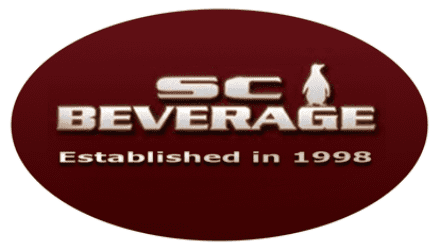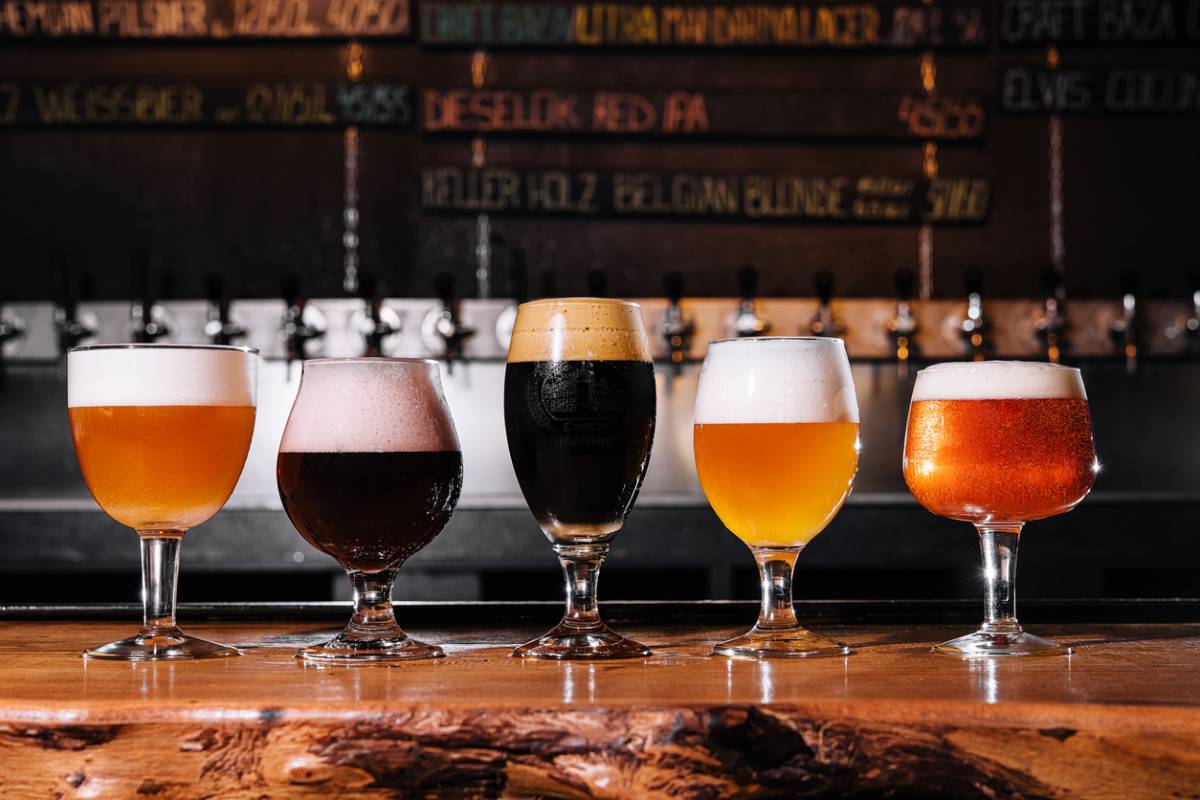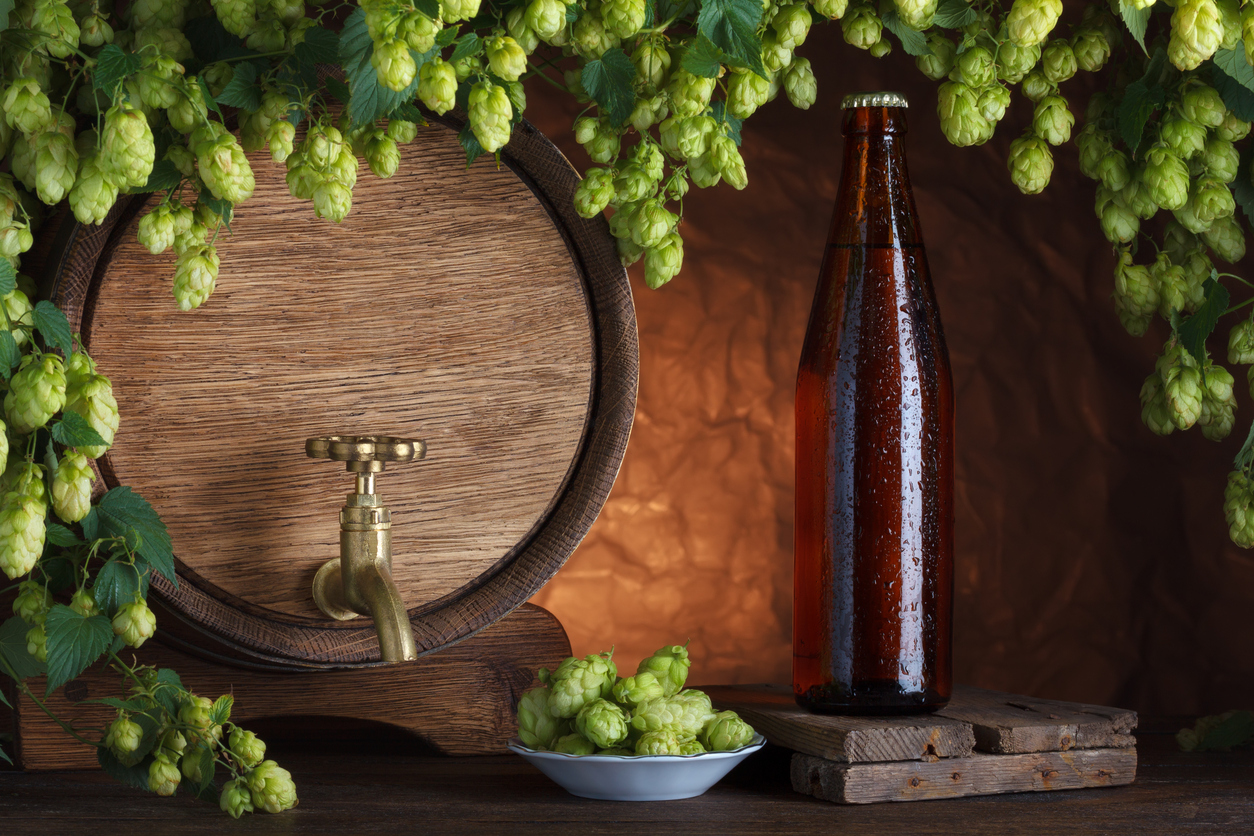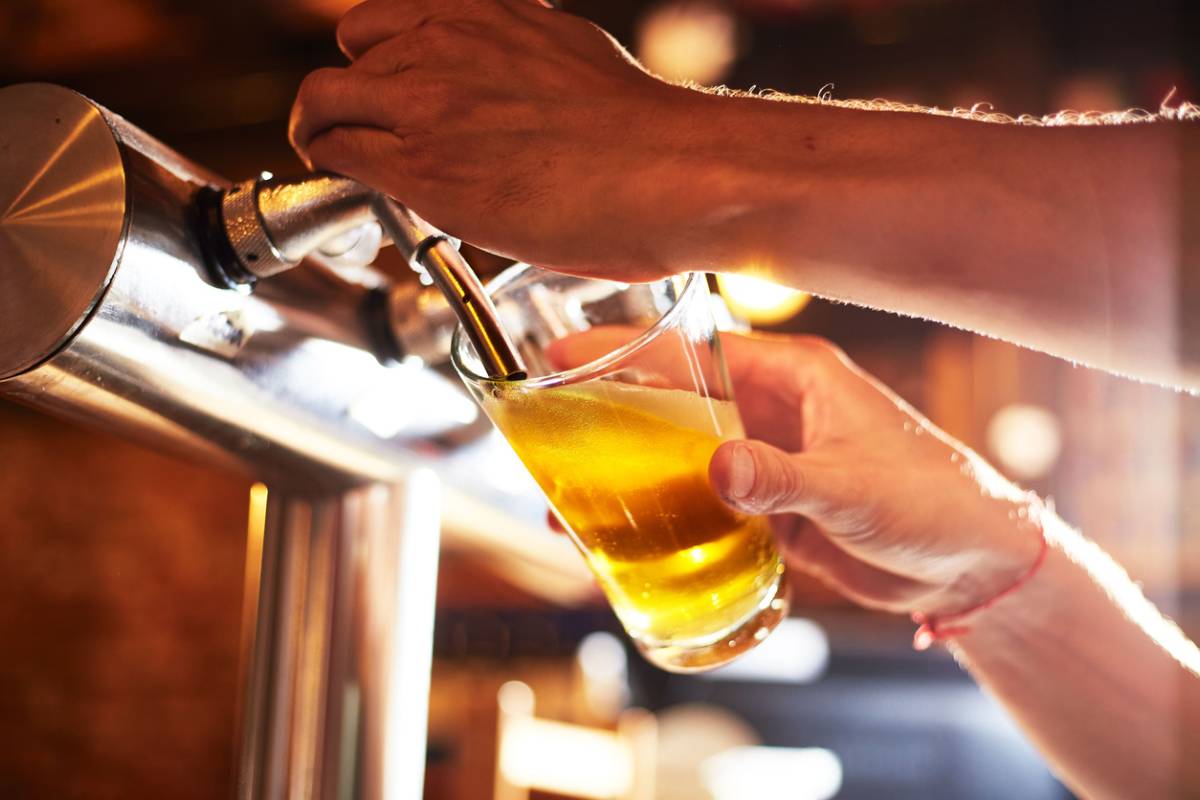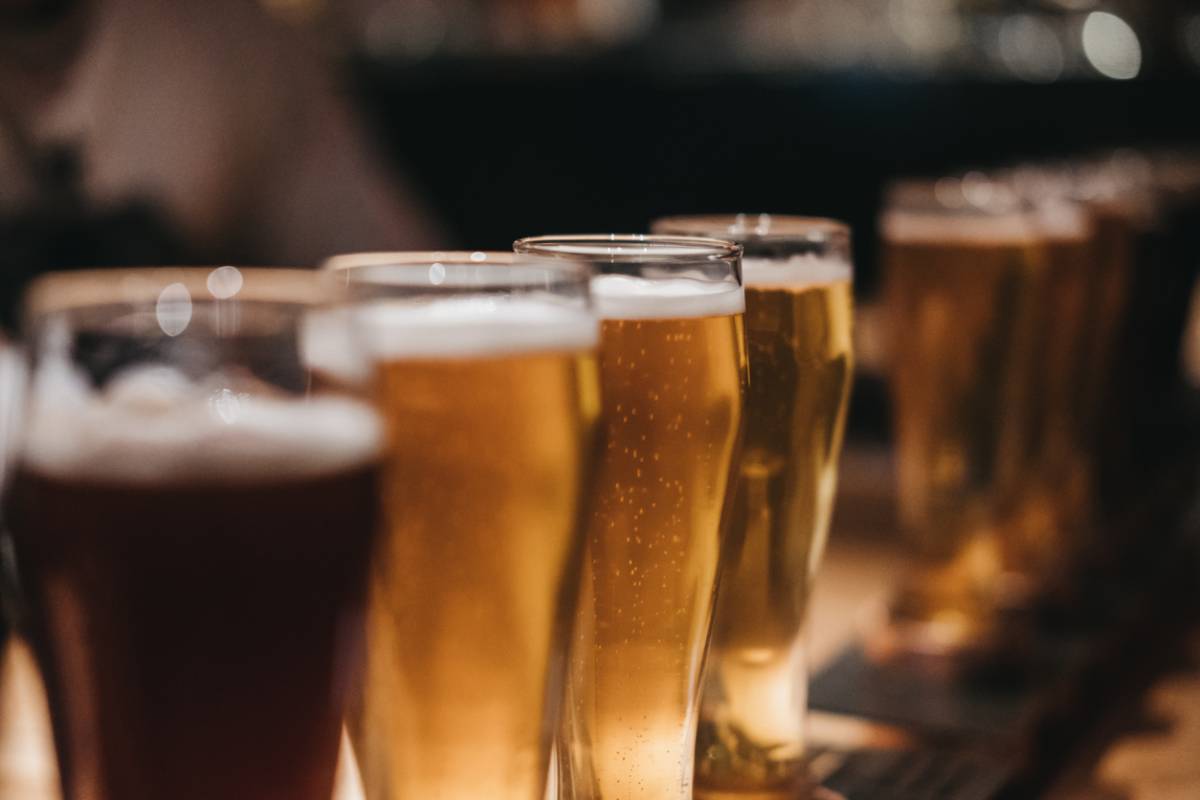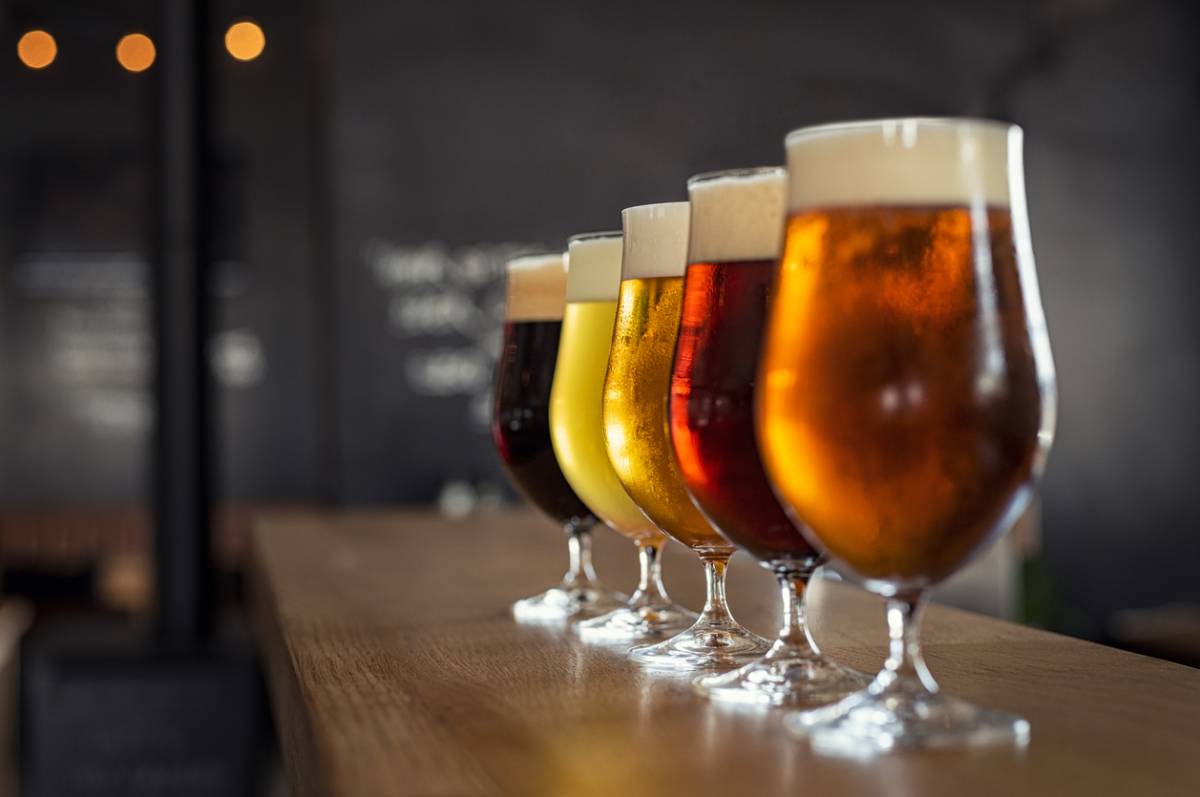There are several types of beer systems for serving draft beer that businesses can use in their bars. Each of these systems serves a unique purpose and matches well with different kinds of setups.
Knowing the difference between these types of systems can help you make the right choice in terms of purchasing the equipment you need to make your business a success. This can save you time and money in the long run.
If you’re interested in learning about the different kinds of beer systems that are available, take a look at this guide, which describes what’s available in terms of a beer dispensing system.
Why Worry About Different Systems?
Picking the type of beer system that works well with your existing infrastructure is absolutely essential to keeping things running smoothly in your bar or restaurant. Selecting the wrong type of system for your needs has the potential to be a very costly mistake that can take some amount of time and finesse to repair.
Sometimes, utilizing multiple systems may be an appropriate situation for your business. Consulting with a professional service has the potential to elucidate some of the elements.
Types of Beer Systems
There are three primary types of systems that are commonly utilized in most commercial spaces. The details of these systems are outlined below.
Air-Cooled Beer System
Air-cooled systems describe a class of beer systems that utilizes circulating cold air to keep the space surrounding the kegs, as well as the beer lines and the faucets. This type of system was the original and only type of system that existed for some time. Once glycol was invented, other methods were available to keep beer cool.
Although other types of systems have been developed, this type of system is still a legitimate option for many types of spaces. If you have a small business and a small budget and are just starting to experiment with the types of systems that are available, then this type of system might best fit your needs as a starting point.
Glycol-Cooled Beer System
This is a very popular option that pairs well with a long-draw dispensing system that involves tubes that are 25 ft or longer. This type of system is able to maintain cooler temperatures at longer distances, which keeps your beer cold.
In this type of system, the beer is kept in kegs that are kept cold by placing them in a walk-in cooler. Glycol circulates through the coolant lines and helps to keep the beer at a consistent temperature as it travels from the kegs to the taps.
On the downside, this type of system is considered one of the more expensive options for commercial spaces. However, the expenses of this type of system are well worth it if the system is the appropriate one for your space.
Direct Draw Beer System
This type of system is the top choice for situations where the beer only has to travel a short distance. This makes it very convenient in situations where the beer only goes a few feet from a keg to the taps. This makes it a common sight in commercial keg boxes, home bars, and refrigerator conversions.
This type of system is generally less expensive than a glycol system and has the added benefit of being minimally wasteful. There is some variability depending on the size of one’s equipment, as well as the overall complexity of the system that it’s intended to service.
Which One is Right for Me?
When you’re determining which type of system you need, you should ask yourself what your exact needs are in terms of what you’re looking for.
- What is the overall purpose and goal of your business?
- What is your budget for this project?
- What is the overall complexity of the beer system that you’re looking to serve
- What is the distance between your legs and your taps
- Do you already have a beer dispensing system
The answers that you find with regard to this may help you reach a conclusion on which types of beer systems serve your situation. Additionally, following up with a professional consultant can give you a strong sense of direction in this way.
Your Friends in Beverage
SC Beverage is the most dedicated beverage equipment supplier in California. We deliver high-quality equipment to those who are passionate about their beer. If you’re interested in holding a discussion with one of our professional advisors regarding which beer systems would benefit you the most, contact us to have that conversation.
